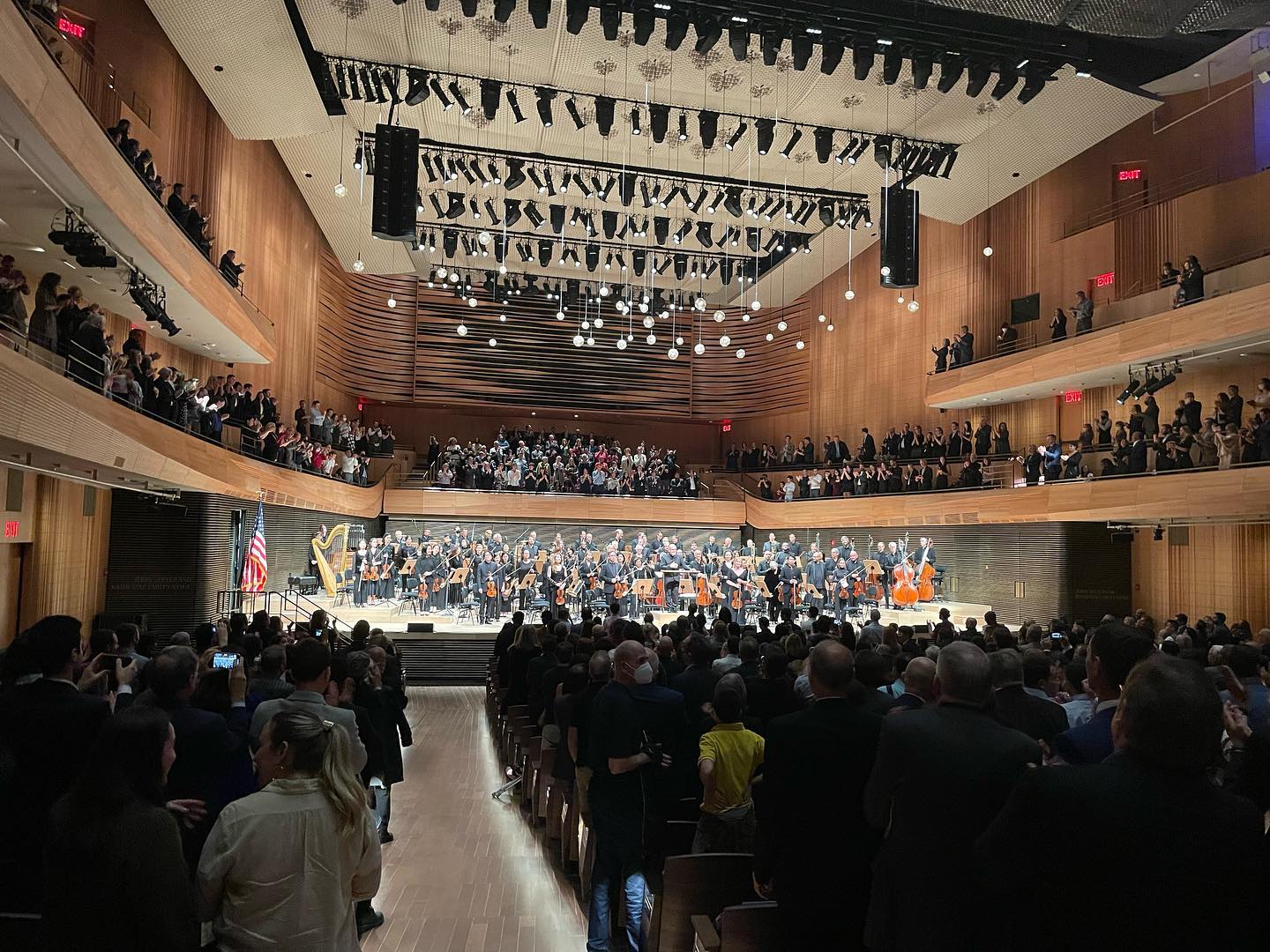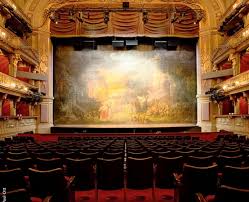Philadelphia fails to find a new manager
mainThe Philadelphia Orchestra announced last night that its search for a successor to President and Chief Executive Officer Allison Vulgamore, who leaves at the end of the year, had failed.
Instead, it will share responsibilities between Executive Vice Presidents Ryan Fleur and Matthew Loden as Interim Co-Presidents for the time being while the headhunters ontinue to practise their dark arts.
The failure is not Philly’s alone.
There is a vacuum of top talent in US orchestras. The New York Philharmonic was forced to go on bended knee to its former prez Deborah Borda when it was unable to identify a replacement for Matthew Van Besien. The Los Angeles Phil has yet to fill Borda’s office and other groups have stuck with unsatisfactory chiefs for want of anything better on the horizon. This situation has all the ingredients of a crisis.






A dearth of talent at the $500,000+ level?
Give us all a big Philly break.
The Director of the FBI is a civil servant who makes $175k per year to run a highly complex organization with 35,104 employees. Debra Borda made $1.8 million to run an orchestra (the LA Phil) – over ten times what the Director of the FBI receives. Now that she’s with the NY Phil, she is likely making quite a bit more. Are there lessons to be learned here?
An arts funding system by and essentially for the wealthy like the USA’s will inevitably be very expensive and cost ineffective.
In the EU, arts administrators are almost always civil servants whose salaries are codified and kept within reasonable norms (e.g. the FBI Director.) The Berlin Phil, Gewandhaus, Concertgebauw, National Orchestra of France, Czech Phil, Santa Cecilia, etc. do not seem to be suffering for it.
Below are some examples of high arts admin salaries as reported in the New York Times in 2009 that I listed on SD the other day in a different context. Time to rethink the way we do things?
* Reynold Levy’s annual compensation to run Lincoln Center topped $1 million.
* Glenn D. Lowry, director of the Museum of Modern Art, earned $2.7 million in the year that ended in June 2008, including several one-time bonuses and the cost of his apartment in the tower beside the museum.
* Occasionally institutions will also pay bonuses tied to performance or longevity, like the $3.25 million given in 2006 to Philippe de Montebello to recognize his 30-year service to the Metropolitan Museum of Art. (His aristocratic name fits well with America’s neo-feudalistic form of arts funding.)
* On top of his $940,000 salary, Michael Kaiser of the Kennedy Center earned a $150,000 bonus, as well as other benefits, for 2009.
* Zarin Mehta’s compensation, for fiscal year 2010, was $807,500. In the fiscal year ending in August 2008 he earned 2.67 million. This reflected his salary in addition to eight years of accumulated deferred compensation.
* Timothy Rub, the director of the Philadelphia Museum of Art earns $450,00.
* George Steel, the general manager and artistic director of New York City Opera received $360,000 – and from an opera house shut down its next season due to a lack of funds.
Why compare these people directly to government workers? Why not compare them directly to private sector CEOs who make 10x what orchestra CEOs make? A nonprofit organization is not exactly the same as a government office, and nor is it exactly the same as a private for-profit business.
I compare them to government workers because in the EU they are government workers. They should not be compared to CEOs in private enterprise. One is for-profit, the other non-profit. The high salaries I list contradict the spirit of what non-profits are supposed to be.
Absolutely. And that is the point. For the upper class (executive directors, conductors, and soloists), the money flows. For the orchestra peons, they fight for what every thing they can get.
Yes it’s the star system (similar to US corporations) that create these ridiculous salaries. The conductor salaries are the worst. Most of the big MD jobs are for 10-12 weeks a year which means the conductors can double dip, use the same material, and conduct one or two other orchestras at the same salary. The new MD of the NY Phil is a prime example.
Gone are the days when a conductor lived in the community, golfed with board members, and was seen at important community events. Leave that to the executive director (now likely called the president and CEO ….titles are important).
Not sure who will be brave enough to walk into the Philly mess. I bet there are more cuts on the horizon, fights with the orchestra, and an overarching need for board member bailouts that come with artistic caveats.
I have 20+ years of experience in orchestra/performing arts management. I’d love to have the job!
seriously?…a drummer in charge of ANYTHING??…riiiiiiight…..
Could it be that the US ‘business’ model for symphony orchestras broken and that no matter what the pay is the prospect of all the pain involved in fixing it (if indeed it is even possible) isn’t very appealing? When I started our my career my ambition was to run a Symphony Orchestra. Now, with more knowledge of the industry I wouldn’t touch such a job with a barge pole.
Houston Symphony, Dallas Symphony and Minnesota Orchestra — each about a $30 million annual budget — are also looking for CEOs.
Then there’s Indianapolis, Toronto, Fort Worth – and Los Angeles, unless they make an internal appointment.
Any chance you might come out of retirement, Elaine? (Just kidding.)
There’s scarcity of experienced orchestra CEO’s right now in part because so many have recently retired or moved to a non-orchestral institution: Fred Bronstein, Deborah Rutter, Rita Shapiro, Brent Assink, Matthew VanBesien, Trey Devey, Gary Hanson….and now Allison Vulgamore.